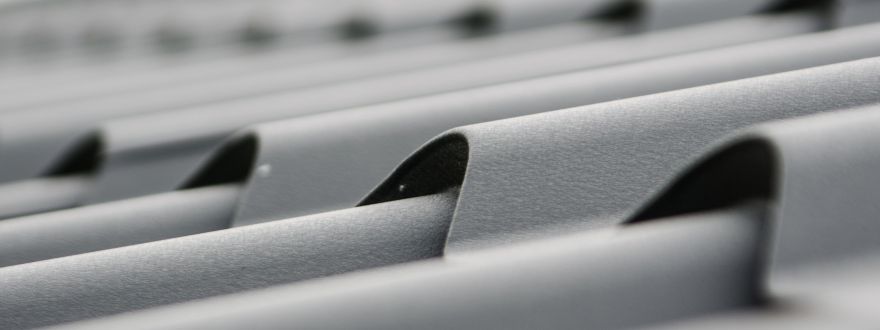
The Actual Cash Value (ACV) of a roof at the time of an insurance claim is typically determined by taking into account several factors, including:
- Age of the Roof: The age of the roof is a key factor in determining its actual cash value. Roofs typically have a lifespan of 15 to 30 years, so a newer roof will generally have a higher ACV than an older roof.
- Condition of the Roof: The condition of the roof is also a major factor in determining its ACV. Factors such as wear and tear, damage, and maintenance can all affect the value of the roof.
- Type of Roofing Materials: The type of roofing materials used also affects the ACV. For example, a metal roof will generally have a higher ACV than a shingle roof, as it is more durable and longer-lasting.
- Local Market Conditions: Local market conditions, such as supply and demand for roofing services, can also impact the ACV.
- Deductible: The amount of the deductible you are responsible for paying will also affect the ACV of your roof.
Once these factors have been taken into account, the insurance company will typically determine the actual cash value of the roof by subtracting the depreciation of the roof from the replacement cost of the roof. The depreciation is based on the age and condition of the roof, and reflects the wear and tear that the roof has undergone since it was installed. The replacement cost is the amount it would cost to replace the roof with a new one of similar quality and materials. The actual cash value is then the replacement cost minus the depreciation.





